The Cold War, was more than a nuclear arms race: it was also a culture war in which the West failed to understand the meaning of art coming out of the Soviet Union, or so Boris Groys argues.
On Thursday, Oct. 10, more than 80 students, professors, curators, and artists gathered at New York University to see Groys, a renowned contemporary philosopher and art theorist for his talk, “The Cold War: Between the Medium and the Message.”
Groys, Global Professor of Russian and Slavic Studies at NYU, was born in East Berlin, before moving to the Soviet Union, where he studied philosophy, mathematics, and logic at Leningrad State University. During his student years he became closely acquainted with Leningrad and Moscow’s “unofficial art” circles, underground artists who operated beyond the state-dictated artistic genre, socialist realism. After closely studying their practices, Groys published an article on the unofficial artists in 1979 titled “Moscow Romantic Conceptualism,” giving birth to the household name for this artistic group. Yet the focus of his later scholarly work shifted to the official socialist realism form, which served as the basis for Thursday’s discussion.
The talk revolved around the tension between socialist realism and early 20th-century modernism in the Soviet Union. In 1934, the Union of Socialist Soviet Writers coined the term socialist realism, when they met to conceive of an art form that could be used as a model to educate the new Soviet citizen. The style presented an idealized version of society and glorified the working class by using realistic forms. While for decades the style managed to galvanize its citizens, the West only acknowledged the genre as a form of propaganda, which Groys sees as reductionist.
Groys began the talk by citing Clement Greenberg essay, which likens socialist realism to kitsch. Such a parallel, according to Groys, has prompted the Western world to neglect the Soviet genre as lowbrow and not worthy of being preserved in a museum. In doing so, Cold War stereotypes are perpetuated; the “medium” of socialist realism is seen as nothing more than an instrument for its “message,” propaganda.
Since the start of the 20th century, argued Groys, even the Russian and European avant-garde artists, who the artistic world held in such high esteem, used their artistic mediums to promote an agenda. The Russian Constructivists and the German Bauhaus, for example, believed that their geometrization of architecture would produce “rationalistic and egalitarian attitudes” in people who would populate these new urban environments.
Groys then explained how aggressors throughout the 20th century politicized the struggle between realism and avant-garde modernism. The West, Groys argued, believed that socialist realism was just another version of fascist propaganda art, while the Soviet state saw the West’s continuation of modern avant-garde art as a form of its own fascism, in its rejection of the European humanist tradition.
The cultural war continued after the Stalinist era, when the West slated the Khrushchev-era architecture as “inhuman” for its monotonous quality. Yet the ideology behind the panel homes, was to offer “an image of universal equality, bare of signs of privilege and aesthetic distinction.” Groys used this example to demonstrate yet again how critics who berate the “medium,” fail to acknowledge the “message” it seeks to promote.
Groys concluded the talk with an exploration of late Soviet conceptual artists, and their play between medium and message, before offering a diagnosis on the state of art today: “One has a feeling that the things that are produced by an individual artist are drowning in the mass of the contemporary commodity production.” In the hope of standing out in an “overcrowded and saturated public space,” the artist must turn back to the message.
PHOTO: Boris Groys presents on socialist realism // by Aron Ouzilevski

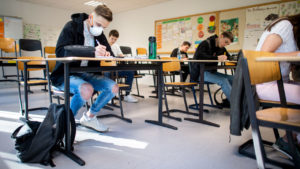
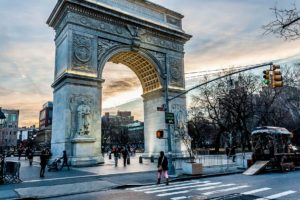
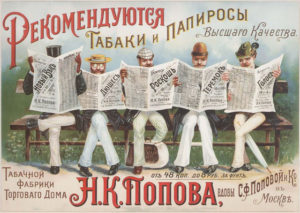
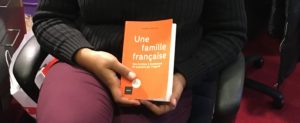
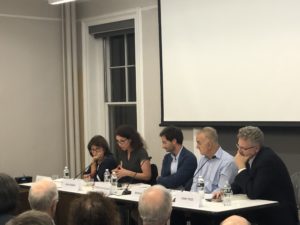
Be First to Comment